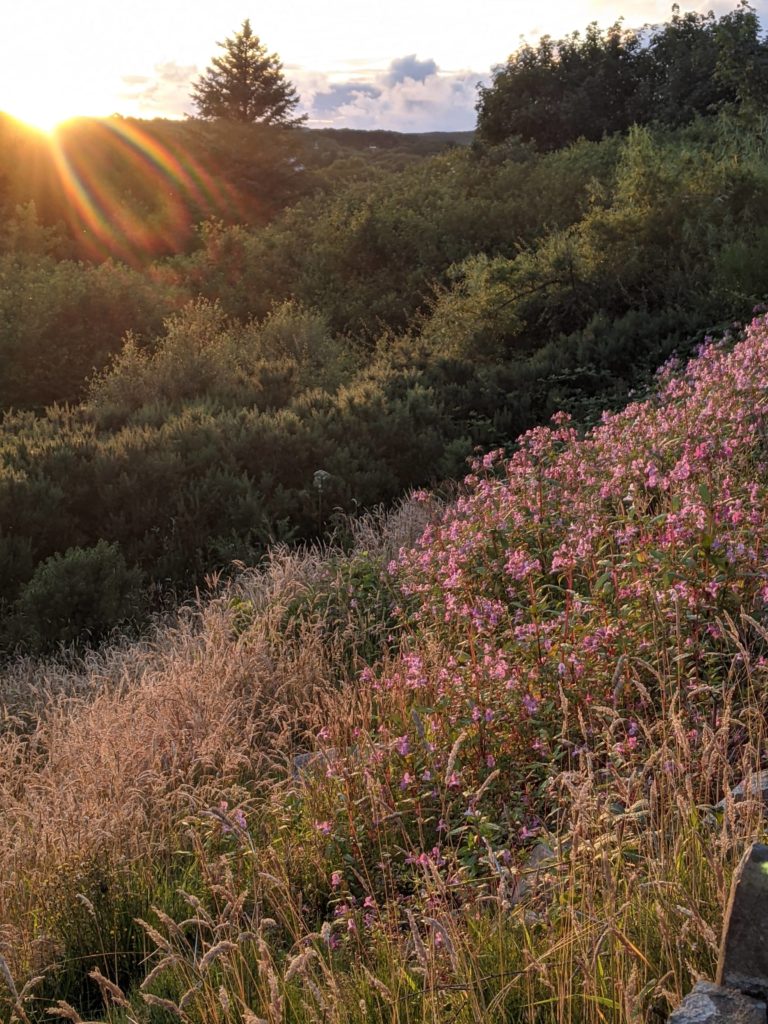Now in the middle of the second week of instruction in Gaoth Dobhair (Co. Donegal), the other students and I have had numerous learning opportunities in multiple types of classroom settings and outside the classroom. One of my favorite sessions so far has been a presentation overview of the Irish Language Digital Archives. It was created as an online resource to preserve the language in as many ways as possible and contains a huge collection of verbal historical accounts, local folklore in the Gaeltacht areas, historical publications, as well as song performances. I was also impressed to learn that many family members of our instructors, host families, and other community members we have interacted with are featured in the records.
Our presenter was highly involved in the creation of the archive and although it is a tremendous resource, it’s creation was motivated by the estimate of multiple studies that the vast majority of spoken Irish language works in addition to the language itself, would die out in less than a decade. Many of those featured in the archives have passed since they were first asked to contribute, but the presence of the language itself has persisted much longer than the original estimate, according to our presenter. However, he did express great concern about the various threats to the language within the Gaeltacht areas themselves.
In Gaoth Dobhair, specifically, the traditionally Irish-speaking secondary school has moved to instruction through English in more courses to accommodate the increased number of students without Irish who have started to attend the school after it received some of the highest ratings in the region for student performance. Additionally, more than forty percent of the houses in Gaoth Dobhair are vacation homes and are not necessarily owned by families that speak Irish at home or have any Irish at all. In hearing other community members in conversation during my stay here, similar concerns have been raised, especially regarding the number of young children who begin their schooling with a grasp of the language. Our presenter also serves on a surveying board that tracks the numbers of beginning nursery school children that use Irish as their primary language in the Gaeltacht areas throughout Ireland. He said that this age of children (3-4 years) is especially valuable because the children just speak whichever language is most natural and the surveyors can easily track the new growth of the language or lack thereof. He shared that some areas are doing better than others and still much better than what was originally projected, but there is still a need for more protection of the language and increased resources for those interested in carrying it on.
Overall, these presentations and conversations have made me much more aware of the status of Irish according to native speakers and how they perceive the language’s importance in their lives. Throughout the years, it has unfortunately become a seasonal language that is most prevalent in the winter when the tourists are gone, but many would prefer it to be the sole language of business all year long. Nonetheless, every instructor, community member, and presenter that I have encountered has been thrilled to have a relatively large group of international students eager to learn the language and it reassures them that the language is still full of life.
